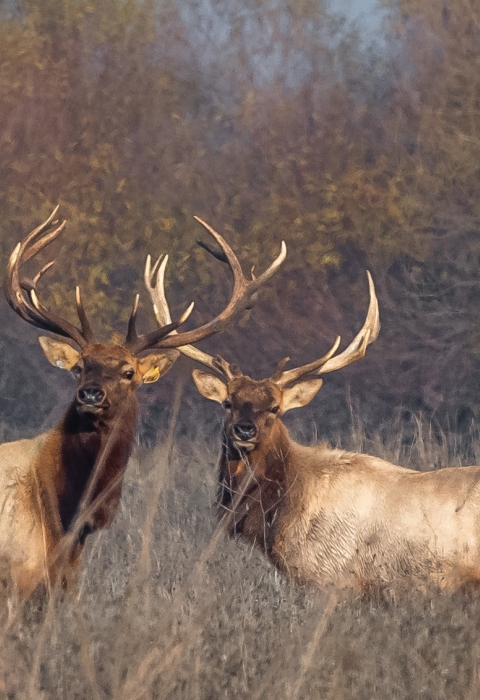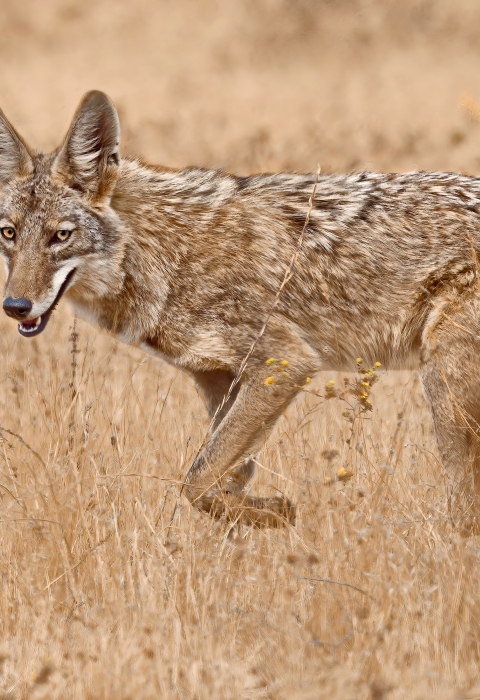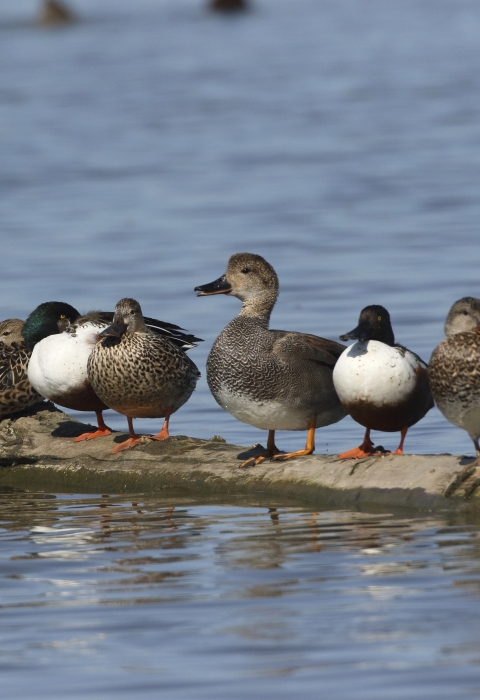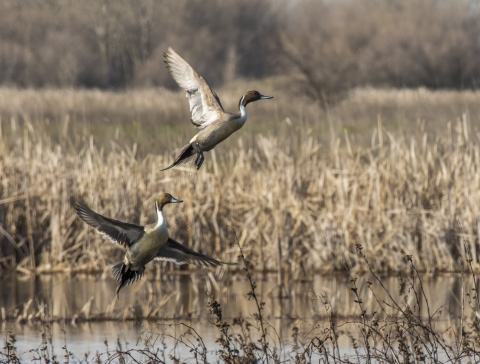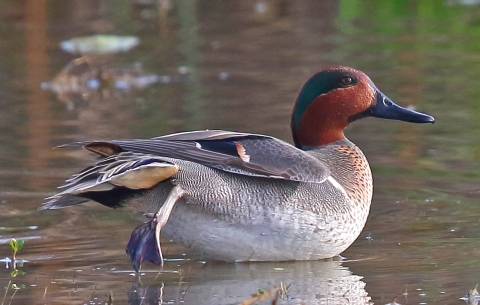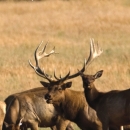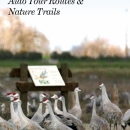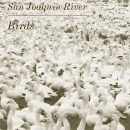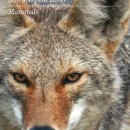Visit Us
National wildlife refuges offer us a chance to unplug from the stresses of daily life and reconnect with our natural surroundings. The refuge offers visitors over 15 miles of auto tour routes and more than 10 miles of nature trails that lead through each of the major habitat types – wetlands, uplands, grasslands, riparian riparian
Definition of riparian habitat or riparian areas.
Learn more about riparian woodlands, alkali sinks, and vernal pools. There is always something to see at the refuge, but certain times are better than others and the cast of nature’s characters changes with the seasons. No matter when you visit, bring your binoculars, camera – and your curiosity! There is no fee to visit the visitor center, auto tour routes, and nature trails.
Location and Contact Information
About Us
The San Luis National Wildlife Refuge encompasses over 26,800 acres of wetlands, riparian riparian
Definition of riparian habitat or riparian areas.
Learn more about riparian woodlands, native grasslands, and vernal pools. The refuge was established in 1967 under the Migratory Bird Conservation Act. The first refuge parcel was purchased with federal Duck Stamp funds to serve as inviolate sanctuary for migratory waterfowl. The refuge has grown over the last 5 decades and today it is comprised of six contiguous units: San Luis, East Bear Creek, West Bear Creek, Freitas, Blue Goose, and Kesterson. The Refuge is a major wintering ground and migratory stopover point for large concentrations of waterfowl, shorebirds, and other waterbirds. A thriving population of the endemic tule elk is showcased by one of three auto tour routes.
Tours
The refuge hosts tours, nature walks, and other special events throughout the year. Visit our Events page to learn about the latest scheduled events.
What We Do
The National Wildlife Refuge System is a series of lands and waters owned and managed by the U.S. Fish and Wildlife Service. Wildlife conservation is at the heart of the refuge system. Refuge units are actively managed to provide critical habitat for wildlife. Past changes to the northern San Joaquin Valley – loss of habitats and species, alterations to natural hydrology, and the introduction of exotic plants and animals – necessitates intensive natural resources management activities by the refuge.
